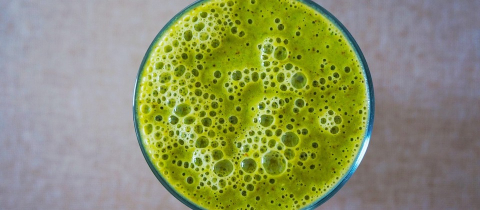Creatine hit the media big time in 1998 when Mark McGwire hit seventy home runs attributing part of his success to the use of the widely available and legal dietary supplement creatine. And he is not alone to have sung the praises of this substance. Sprinters, swimmers, body builders swear by it and even weekend athletes have experimented with the stuff. (Although as we were to learn later, McGwire was into steroids as well, and these likely contributed to his impressive stats and will keep him out of the Hall of Fame).
Creatine is a compound that occurs naturally in the human body. It is made in the liver, kidney and pancreas from arginine and glycine, two amino acids. Creatine’s main function is to produce creatine phosphate which in turn is needed to produce cellular energy. During regular exercise, muscles burn supplies of carbohydrates, fats and proteins. “Burn” in this case means reaction with oxygen and so the activity is termed aerobic, meaning “with air”. Just like the burning of wood or petroleum, this reaction is associated with the release of energy. When exercise becomes very vigorous, gasping for air is often noted. This means that there isn’t enough oxygen being inhaled to meet the demands of the cellular furnaces. An alternative energy source now enters the picture.
A compound known as adenosine triphosphate (ATP), which is stored in cells, now breaks down to produce adenosine diphosphate (ADP). This reaction, which is accompanied by the release of energy, does not require oxygen and is therefore called anaerobic or “without air.” But the amount of ATP stored in cells can only furnish energy for a few seconds. If the anaerobic activity continues, ATP has to be regenerated. This is where creatine phosphate comes in. By donating a phosphate group, it helps convert ADP back into ATP. Of course, creatine phosphate itself is present in limited amounts and quickly runs out. Therefore the idea behind creatine supplementation is to increase the body’s stores of creatine phosphate. If muscle cells are saturated with creatine, anaerobic bursts of energy can in theory be prolonged. Body builders, for example, may be able to increase the number of repetitions of each exercise and bulk up faster.
It should be obvious from the foregoing that creatine supplementation only makes sense for activities that require sudden, short expenditures of energy. Swimming and track sprints would fall into this category, as would weight lifting. Hockey, soccer and football players also engage in brief explosive efforts and could benefit from creatine. So could baseball players with mighty swings. But there would be no advantage in taking creatine for long endurance athletic events since these fall into the aerobic category. In fact, in this instance, creatine supplementation may present a problem. Water content of muscle cells increases with creatine loading and this can cause undesired bulk.
Creatine used as a supplement is isolated from meat extracts. It is actually quite abundant in food. We ingest roughly one to two grams a day in the course of our normal diet. But the typical supplement regimen for athletes is about twenty grams a day (split into four five grams doses) to saturate tissues, followed by two to five grams daily to maintain saturation. This is acceptable to sports’ governing bodies mostly because there is no way to tell whether the creatine in an athlete’s blood came from a supplement or from a steak. A number of studies have been carried out to examine the effectiveness of such a regimen. In one study, weight lifters showed an increase in strength, body weight and fat-free mass in just four weeks. The overall conclusion is that oral creatine can lead to modest improvement in repetitive, high intensity activities that last less than about half a minute. Single bouts of all-out effort are less likely to benefit. Creatine is useless for armchair quarterbacks.
Is creatine safe to take? There have been no consistent serious side effects noted in healthy people but there have been instances of dizziness, skin rash, diarrhea, anxiety, migraine, muscle pain and irregular heartbeat. Long term studies on safety have not been carried but certainly anyone suffering from kidney problems should stay away from creatine. One issue that arises with all “natural health products” is lack of control. There is no guarantee that what is in the bottle corresponds to what is stated on the list of ingredients. Unfortunately there have been cases where illegal drugs have been added to the formulation to keep customers coming back.
On the positive side, creatine has been associated with higher blood levels of HDL, the so-called “good cholesterol.” There is also some evidence that patients with muscular dystrophy can improve muscle strength with creatine, as can victims of Lou Gehrig’s disease, another muscle wasting condition. Lou Gehrig himself of course did not need the help of creatine to hit home runs, but creatine may yet hit a home run in the battle against the dreaded disease that bears his name.







